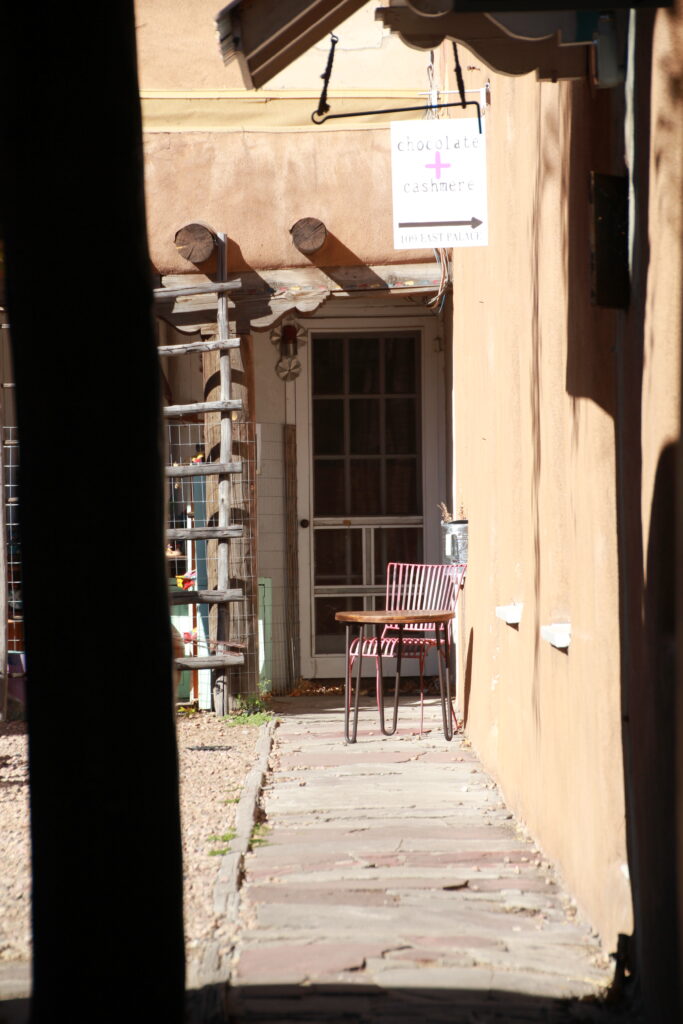On January 26, 1939, Niels Bohr publicly announced the splitting of the uranium atom. A plaque outside the entrance to Corcoran Hall at The George Washington University commemorates this.


The Fifth Washington Conference on Theoretical Physics, organized by George Gamow and Edward Teller, was held to discuss low-temperature physics and superconductivity.
However, the most famous event at the conference came from Niels Bohr with the public announcement that the nucleus of uranium had been split by bombardment with neutrons, with significant energy release. This was the dawn of the atomic age.



The announcement occurred in the Hall of Government, Room 209, which is located across 21st Street from Corcoran Hall.

Another plaque was placed inside Room 209 of the Hall of Government commemorating the announcement along with a list of the physicists present.










